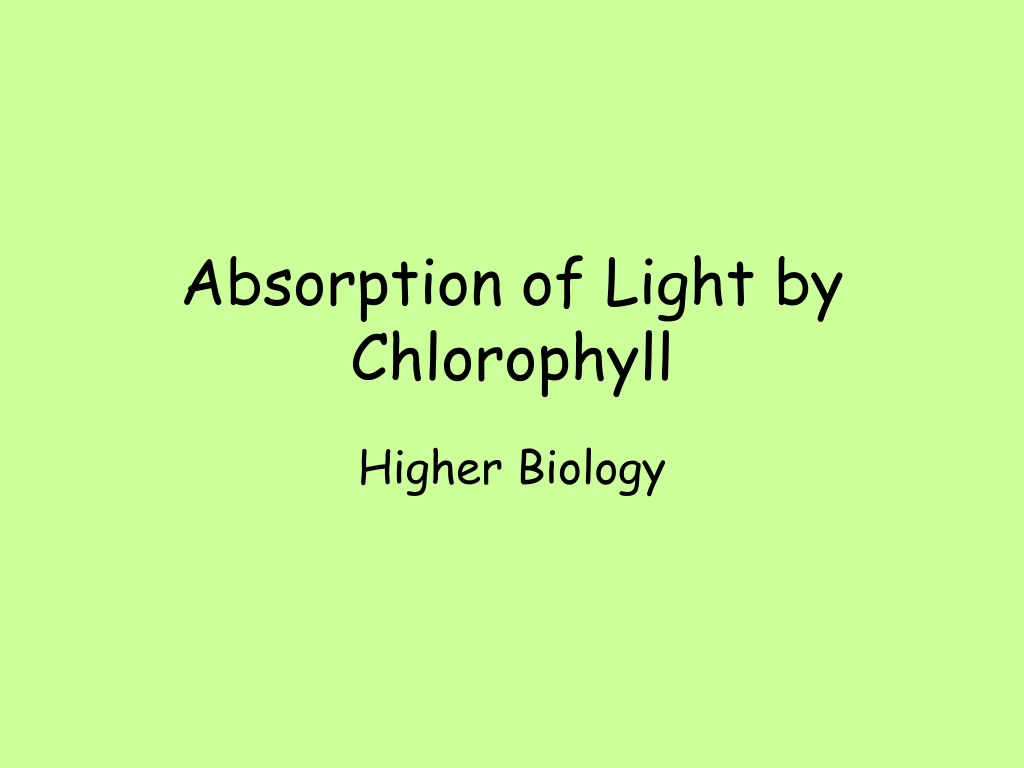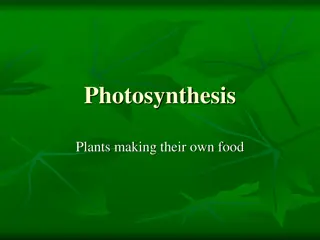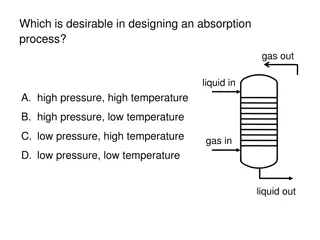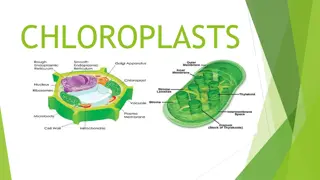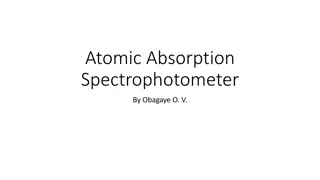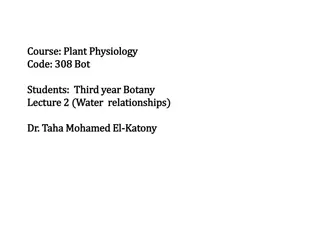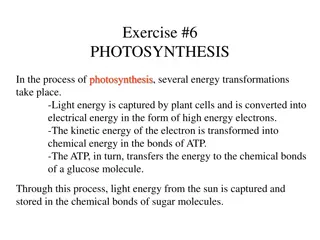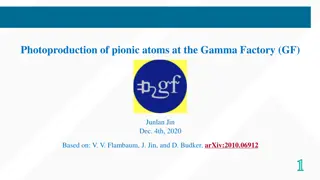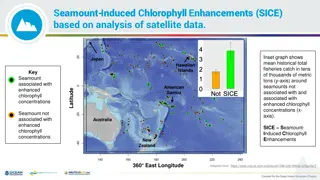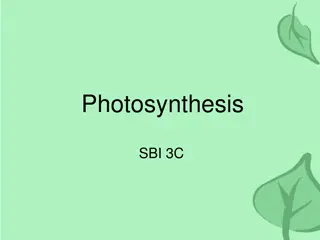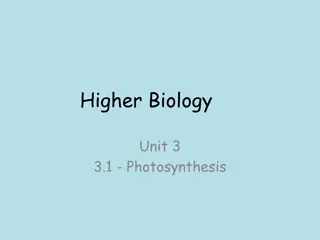Understanding Light Absorption by Chlorophyll in Biology
Explore how chlorophyll absorbs light in photosynthesis, the role of different types of seaweeds, and the use of spectrometers to measure light absorption. Discover the specific light regions absorbed by chlorophyll A and B, as well as adaptations in seaweeds for varying light intensities. Learn about the unique characteristics of chlorophyll C, phycoerythrin, and fucoxanthin in different seaweed species. This comprehensive presentation sheds light on the fascinating world of light absorption in plants.
Download Presentation

Please find below an Image/Link to download the presentation.
The content on the website is provided AS IS for your information and personal use only. It may not be sold, licensed, or shared on other websites without obtaining consent from the author. Download presentation by click this link. If you encounter any issues during the download, it is possible that the publisher has removed the file from their server.
E N D
Presentation Transcript
Absorption of Light by Chlorophyll Higher Biology
Light absorption by chlorophyll
Measuring light absorption A spectrometer is used to measure the amount of absorption at each wavelength An action spectrum shows the rate of photosynthesis at different light intensities
Chlorophyll A and B absorb light mostly in the red and blue regions of the spectrum Carotene and xanthophyll absorb light from other regions and pass the energy to chlorophyll
Brown seaweeds subjected to low light intensities Chlorophyll C instead of chlorophyll B fucoxanthin -very wide absorption spectrum -absorbs light in parts of the spectrum where chlorophyll is less efficient
Red seaweeds Have chlorophyll D Phycoerythrin
Green seaweeds Found in shallow water Do not have fucoxanthin Does not have phycoerythrin
This powerpoint was kindly donated to www.worldofteaching.com http://www.worldofteaching.com is home to over a thousand powerpoints submitted by teachers. This is a completely free site and requires no registration. Please visit and I hope it will help in your teaching.
